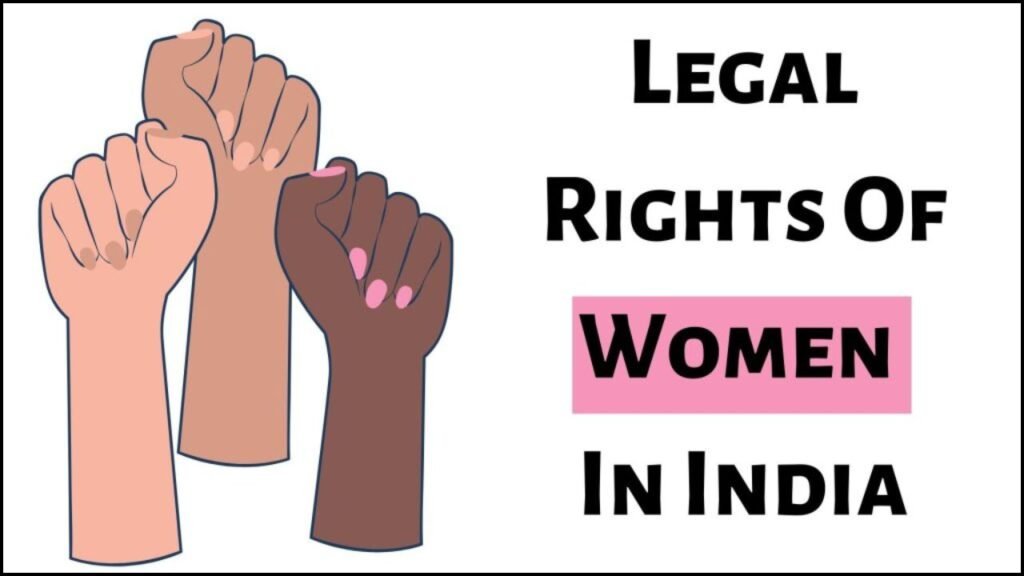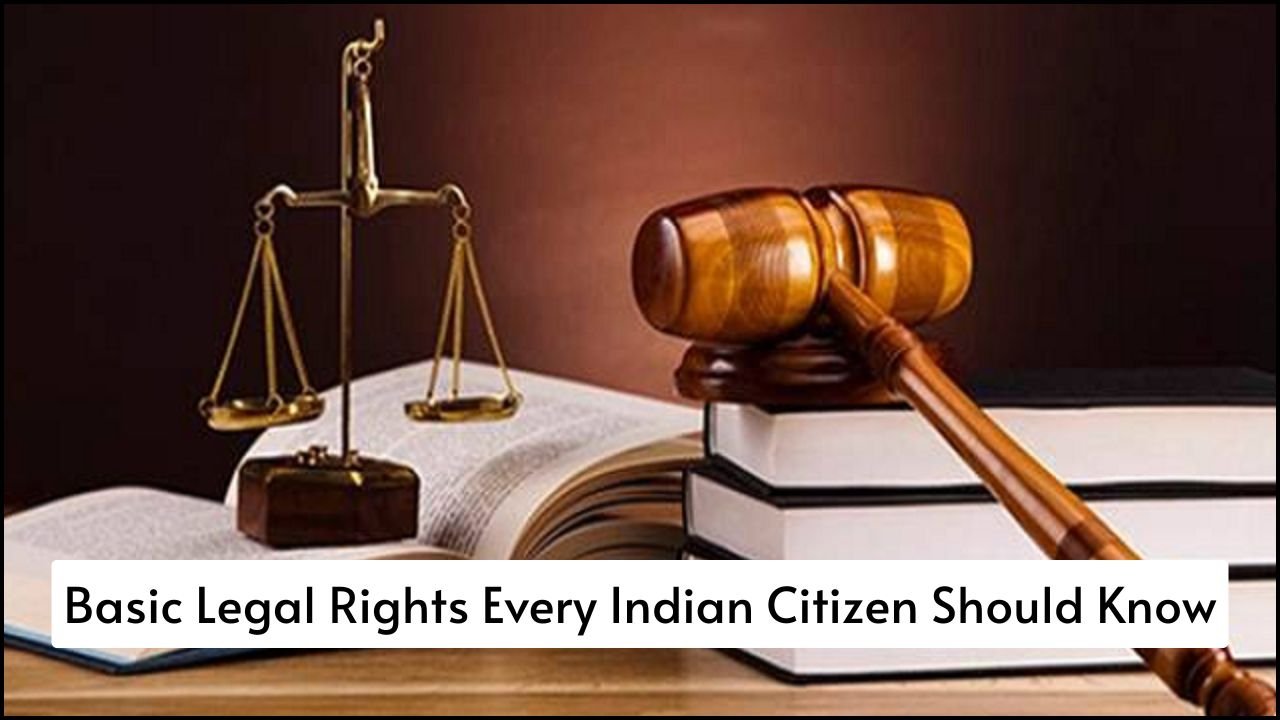
India’s journey toward gender equality has been marked by significant legislative milestones and constitutional safeguards designed to protect and empower women. From ancient texts that revered women to colonial laws that restricted their rights, and finally to modern legislation that seeks to establish true equality, the legal landscape for women in India has undergone a dramatic transformation. Today, Indian women enjoy comprehensive legal protections across various spheres of life, though the gap between legal provisions and ground-level implementation remains a challenge that society continues to address.
Understanding these legal safeguards is crucial not just for women, but for every citizen who believes in equality and justice. These laws represent hard-fought victories by generations of women’s rights activists, legal reformers, and progressive lawmakers who recognized that true democracy requires equal participation and protection for all citizens, regardless of gender. This comprehensive overview examines the key legal frameworks that protect women’s rights in India, their practical applications, and the ongoing efforts to strengthen these protections.
Table of Contents
Constitutional Foundation of Women’s Rights
The Indian Constitution, adopted in 1950, laid the groundwork for women’s equality through several fundamental provisions. Article 14 guarantees equality before law and equal protection of laws, ensuring that women cannot be discriminated against on the basis of gender. Article 15 specifically prohibits discrimination on grounds of sex, while also empowering the state to make special provisions for women and children.
Perhaps most significantly, Article 15(3) allows for affirmative action in favor of women, recognizing that formal equality alone is insufficient to address historical disadvantages. This provision has enabled the creation of women-specific policies, reservations, and protective legislation. Article 16 ensures equality of opportunity in public employment, preventing gender-based discrimination in government jobs and services.
The Constitution also includes several Directive Principles that guide policy-making for women’s welfare. Article 39(a) directs the state to ensure adequate means of livelihood for both men and women, while Article 39(d) mandates equal pay for equal work. Article 42 specifically addresses maternity benefits, recognizing the unique needs of working mothers. These constitutional provisions have served as the foundation for numerous laws and policies aimed at promoting gender equality.
Personal Laws and Family Rights
India’s diverse personal law system governs marriage, divorce, inheritance, and family matters for different religious communities. While this system recognizes cultural diversity, it has also created disparities in women’s rights across communities. However, significant reforms have strengthened women’s position in family matters.
The Hindu Marriage Act of 1955 revolutionized marriage laws for Hindus, Buddhists, Sikhs, and Jains by introducing legal grounds for divorce and regulating marriage practices. Women gained the right to seek divorce on various grounds including cruelty, desertion, conversion, mental disorder, and communicable diseases. The Act also prohibited polygamy and established minimum age requirements for marriage.
The Hindu Succession Act, originally passed in 1956 and significantly amended in 2005, transformed inheritance rights for Hindu women. The 2005 amendment granted daughters equal rights in ancestral property, making them coparceners by birth just like sons. This landmark change eliminated the discriminatory provision that previously denied daughters inheritance rights in joint family property.
Muslim women’s rights have been addressed through various reforms, including the Muslim Personal Law (Shariat) Application Act, which grants women inheritance rights, and more recently, the Muslim Women (Protection of Rights on Marriage) Act, 2019, which criminalized the practice of instant triple talaq. Christian and Parsi women are governed by their respective personal laws, which generally provide more equitable inheritance and marriage rights.
Workplace Rights and Economic Empowerment
Women’s economic participation has been strengthened through comprehensive workplace legislation. The Equal Remuneration Act of 1976 mandates equal pay for equal work, prohibiting gender-based wage discrimination. This law applies to all establishments and requires employers to pay men and women equally for the same work or work of similar nature.
The Maternity Benefit Act, recently amended in 2017, provides significant protections for working mothers. The Act now provides 26 weeks of paid maternity leave for the first two children and 12 weeks for subsequent children. It also includes provisions for adoption leave, commissioning mother leave for surrogacy, and work-from-home options during certain periods. These provisions recognize the importance of supporting women’s careers while acknowledging their reproductive responsibilities.
The Sexual Harassment of Women at Workplace (Prevention, Prohibition and Redressal) Act, 2013, addresses one of the most significant barriers to women’s workplace participation. This comprehensive law defines sexual harassment broadly, establishes Internal Complaints Committees in workplaces, and creates mechanisms for complaint redressal. The Act covers all types of workplaces, including unorganized sectors, and places responsibility on employers to create safe working environments.
Protection Against Violence and Crime
India has enacted several laws specifically addressing violence against women, recognizing that safety is fundamental to equality. The Protection of Women from Domestic Violence Act, 2005, provides civil remedies for domestic violence, including protection orders, residence orders, monetary relief, and custody orders. This law recognizes various forms of domestic violence including physical, sexual, verbal, emotional, and economic abuse.
The Criminal Law (Amendment) Act, 2013, passed after the infamous Nirbhaya case, significantly strengthened anti-rape laws. The amendments expanded the definition of rape, introduced new offenses like acid attacks and stalking, and enhanced punishments for sexual crimes. The law also established fast-track courts for speedy trial of sexual offense cases and introduced provisions for in-camera trials to protect victims’ privacy.
The Prohibition of Child Marriage Act, 2006, aims to prevent child marriages and protect young girls from forced marriages. The Act makes child marriage voidable at the option of the contracting party who was a child at the time of marriage and provides for punishment of those who perform, permit, or promote child marriages.
Political Participation and Representation
Women’s political participation has been promoted through constitutional amendments and legislative measures. The 73rd and 74th Constitutional Amendments in 1992 reserved one-third of seats in Panchayati Raj institutions and urban local bodies for women. This reservation has resulted in over one million women being elected to local governance positions, significantly increasing their political participation at the grassroots level.
While the Women’s Reservation Bill proposing 33% reservation in Parliament and state assemblies has been debated for years, several states have implemented women’s reservation in state and local elections. These measures have led to increased women’s representation in political decision-making and have brought gender-sensitive perspectives to policy formulation.
Enforcement Mechanisms and Support Systems
The effectiveness of legal safeguards depends significantly on enforcement mechanisms and support systems. India has established various institutions to ensure implementation of women’s rights laws. The National Commission for Women, established in 1992, serves as a statutory body to review constitutional and legal safeguards for women and recommend measures for their effective implementation.
State Women’s Commissions work at the regional level to address women’s issues and ensure proper implementation of laws. Special courts and fast-track courts have been established to handle cases involving crimes against women, ensuring speedy justice and reducing the trauma of prolonged legal proceedings.
Women’s help lines, including the national helpline 181, provide immediate assistance and support to women in distress. One-Stop Centers (Sakhi Centers) offer integrated services including medical aid, legal assistance, and temporary shelter under one roof. These institutional mechanisms play a crucial role in making legal protections accessible to women across different socio-economic backgrounds.
Challenges in Implementation
Despite comprehensive legal frameworks, significant challenges remain in ensuring effective implementation of women’s rights laws. Social attitudes, cultural practices, and economic constraints often prevent women from accessing legal protections. Rural women, in particular, face additional barriers including lack of awareness about their rights, limited access to legal services, and social pressure to avoid legal recourse.
The justice system itself presents challenges, with lengthy court procedures, insufficient specialized courts, and sometimes insensitive handling of women’s cases. Economic dependence often prevents women from pursuing legal remedies, particularly in cases of domestic violence or workplace harassment.
Awareness and education remain critical challenges, as many women are unaware of their legal rights or the mechanisms available for redressal. Language barriers, illiteracy, and limited access to information further compound these challenges.
Future Directions and Recommendations
Strengthening women’s rights in India requires a multi-pronged approach combining legal reform, institutional strengthening, and social change. Legal literacy programs specifically targeting women can help bridge the awareness gap and empower women to exercise their rights effectively.
Technology can play a significant role in improving access to justice, with digital platforms for filing complaints, legal aid applications, and accessing information about rights and remedies. Mobile applications and online portals can make legal services more accessible, particularly for women in remote areas.
Strengthening enforcement mechanisms, including better training for police and judicial officers on gender-sensitive handling of cases, can improve the effectiveness of existing laws. Regular monitoring and evaluation of legal safeguards can help identify gaps and areas for improvement.





